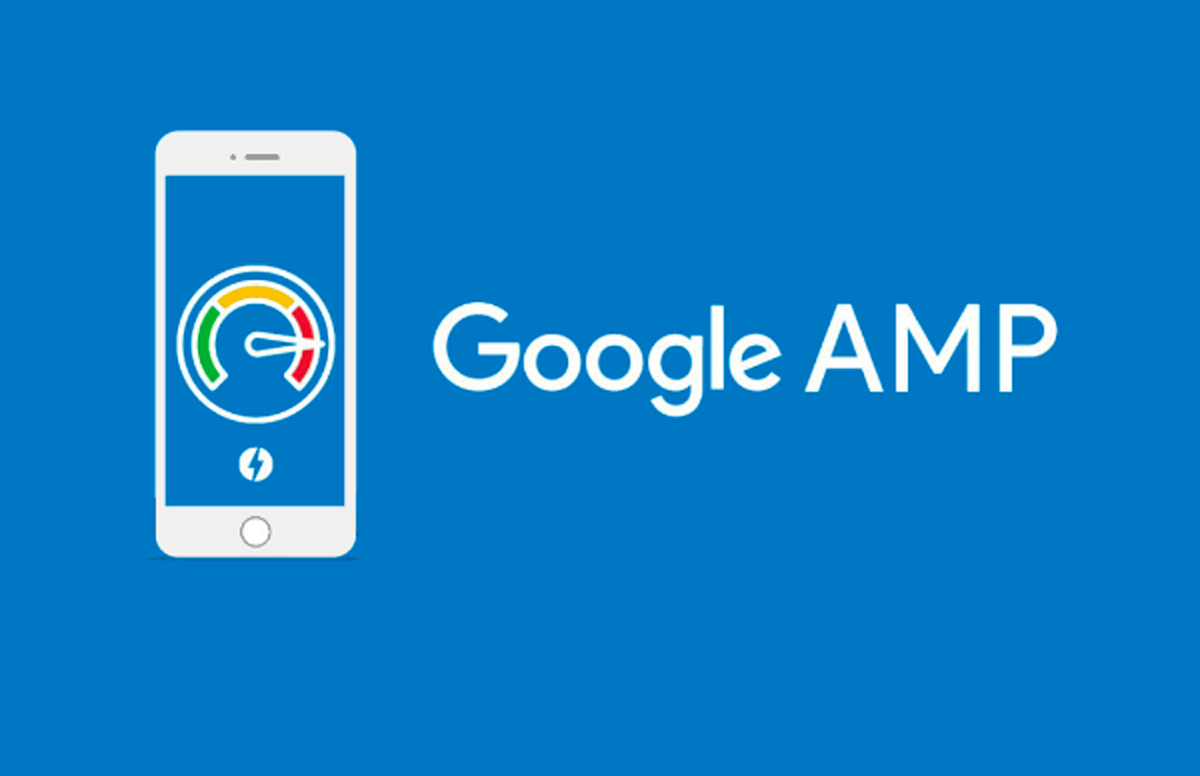What Google Accelerated Mobile Pages Is (Amp) And How It Affects Seo

With over 50% of online traffic coming from mobile devices, Google has launched Mobile First Indexing. This type of indexing involves prioritizing the content displayed on mobile devices.
Combined with the priority indexing of mobile versions, poor website load speed will eventually lead to weaker positins in Google. A solution to this problem, also proposed by Google, is AMP, or Accelerated Mobile Pages.
What is Google AMP and how it works
AMP is an abbreviation for Accelerated Mobile Pages, or “accelerated mobile pages.” It’s a project proposed and started by Google in partnership with Twitter to make Internet browsing faster – simple as that.
Programmers working at AMP Project claim that pages written in the HTML AMP version can be uploaded 4 times faster than the normal version.
More briefly, AMP is a minimalist HTML version
The code imposes many limitations, especially in the JavaScript area, which usually brings up the biggest loading issues. An accelerated page will only be able to use certain JS files imposed and made available by Google. There are also limitations in the CSS area.
However, AMP pages can still look pretty good. Even more, a website can be written entirely in ⚡ (AMP) HTML. A good example is the website of the AMP Project.
For a AMP page to be fully functional, it must be validated. Any mistake cancels validation. To be able to check a AMP page, you can use this extension for Google Chrome.
An invalid AMP page can still be accessed, but it will not be indexed by Google. Once validated, the page will be placed in a Google cache and displayed in a carousel above organic results.
The normal page will use the following HTML tag to specify the existence of an accelerated page version:
The accelerated version, both hosted on the server and the cached version, will contain the rel = canonical tag, indicating the original version of the page.
Pages with AMP will not only benefit from a carousel, but also a small icon ⚡ in organic results, indicating the presence of an accelerated page.
How does Google AMP affect SEO?
In theory, accelerated pages have no SEO benefit. This is confirmed by both AMP programmers and John Mueller.
On the other hand … “AMP pages will be displayed in a carousel, above organic results.”
I do not know what you think, but I think if you’re over organic … you’ve been pretty much beating up SEO. To some extent, it is a preferential result. You can get this benefit only if you have an AMP page variation.
However, it must be borne in mind that your site is in a carousel, that is, a finger slip away from being left. In that carousel there are also other accelerated pages, usually of your competitors.
Also, although traffic will be counted … technically it’s not yours. It’s not real … palpable because it’s in the Google cache.
Although Google says AMP is not a ranking factor in the algorithm, it does not deny that it could become. If AMP is to be presented as an important performance indicator in the future, it could be used in the search engine algorithm.
Another influence that AMP might have on SEO is on the user experience. If the website loads faster, automatically the user experience with the website will be better, which generally leads to higher positions in Google.
How do you add Google AMP to your site
There are complete guides for each step in the documentation section of the AMP project. There you can find everything you need, from creating a simple page to adding registration forms and ad implementation process.
If you’re using one of the most popular CMS platforms like WordPress, then you’re lucky. Everything is very simple.
For WordPress there is AMP extension from Automattic. Yoast has created an extension that implements SEO and AMP options.
However, there is a better option: AMP for WP, by Kaludi brothers. With the installed and active extension, the / amp end pages will display the accelerated version.
After installation, you’ll need to go through a small quick setup guide where you add a logo, select what types of pages you want to accelerate, and insert the Google Analytics or Tag Manager code.
In the AMP> Settings> Translation Panel section you have the ability to translate the elements in the extension. We recommend that you start to test articles only.
Do not forget to create a new menu, especially for AMP.
Of course, the free options are quite limited. If you want things like WooCommerce enrollment forms or implementation, you will have to pay.
How really fast is AMP ?
With Mobile Indexing First, Google has launched a tool that can measure the upload speed of your website from mobile to 3G networks.
Feel free to test it and share with us your results.
If you need help on making your website faster, we are here for you.

